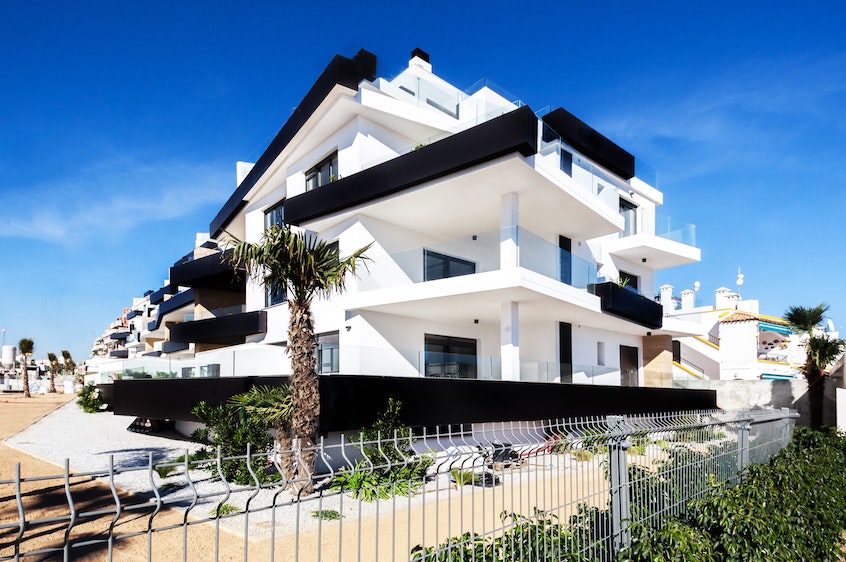Understanding different types of real estate collateral

Time and time again, we stress the importance of collateral when evaluating a real estate opportunity. Our investment overviews and memorandums will typically outline several different types of collateral that secure a portfolio in the unlikely case of a default or another such event. These different types of collateral work in different ways to secure an investor’s principal balance.
First mortgage, first lien on a property, first debt
For an investor, having a “first mortgage on a property” means that he/she has a mortgage in the first lien position (the highest debt position) on the associated property. Essentially, in the event of a default where the associated collateral or property has to be liquidated, investors with a first lien have priority over investors who are lower in the debt stack (Mezzanine Debt, Preferred & Common Equity), and are the first to receive any proceeds from a sale of the associated property. Yieldstreet typically tries to negotiate a first lien position for its real estate properties to secure investors’ capital in the case of a default.

Assignment of all leases and liens
Sometimes called the Assignment of Rents, this document entitles the lender (who is typically the originator of the portfolio) to the income generated by leases or rents of the associated property should the owner default on their loan. For example, if the property is an office building that has tenants actively paying monthly rent, investors would be entitled to that income. Having the rights to a property’s net operating income can create a regular cash stream which helps maintain regular debt service, such as monthly interest payments to investors. In the event that the portfolio has to be liquidated, this type of collateral can provide a short-term income stream to investors in the form of interest payments, while the remaining collateral is liquidated to help recoup the principal balance.
First Security Interest On All Assets On The Premises
This type of collateral is a legal claim on all assets on the premises of the property (like construction equipment or fixtures) that can be repossessed should payments fall behind. First security interest allows the lender to sell any repossessed items as collateral to pay off the loan.

Personal Guarantee
Beyond the real estate collateral and its cash flow, Borrowers can leverage their personal net worth and assets to offer a personal guarantee as a form of collateral. This is a legally binding promise from a Borrower stipulating that lenders are entitled to the Borrower’s (or a party related to the Borrower) personal assets should payments cease. Though there is no official qualification to become a personal guarantor on a deal, Yieldstreet looks to confirm that the individual was properly validated by the Originator via their income or net worth. While a personal guarantee is not “hard” collateral, it adds a level of accountability and helps give lenders confidence that borrowers are capable of servicing their loan.
This communication and the information contained in this article are provided for general informational purposes only and should neither be construed nor intended to be a recommendation to purchase, sell or hold any security or otherwise to be investment, tax, financial, accounting, legal, regulatory or compliance advice. Any link to a third-party website (or article contained therein) is not an endorsement, authorization or representation of our affiliation with that third party (or article). We do not exercise control over third-party websites, and we are not responsible or liable for the accuracy, legality, appropriateness or any other aspect of such website (or article contained therein).
What's Yieldstreet?
Yieldstreet provides access to alternative investments previously reserved only for institutions and the ultra-wealthy. Our mission is to help millions of people generate $3 billion of income outside the traditional public markets by 2025. We are committed to making financial products more inclusive by creating a modern investment portfolio.


